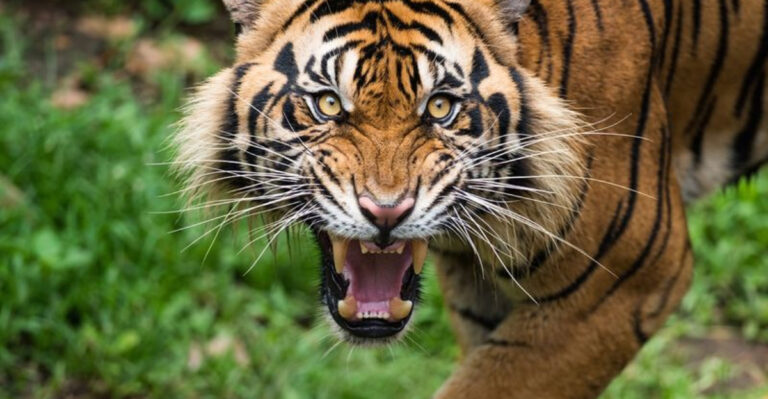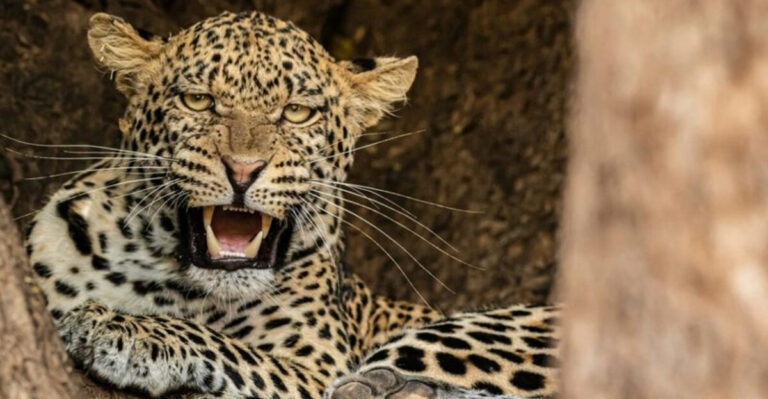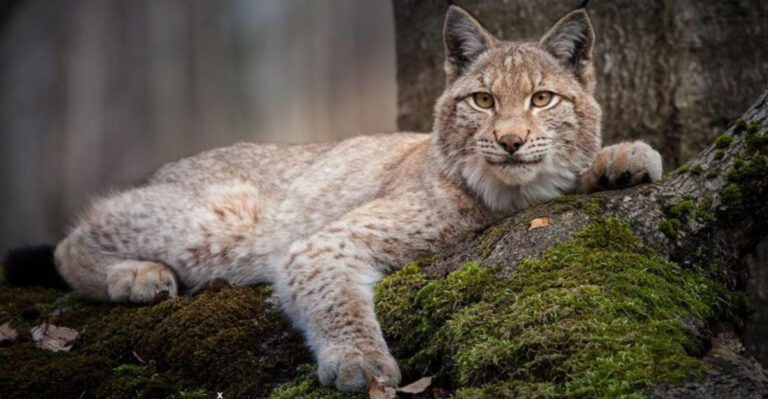15 Incredible Facts You’ll Learn At Indiana’s Rescued Wolf Sanctuary
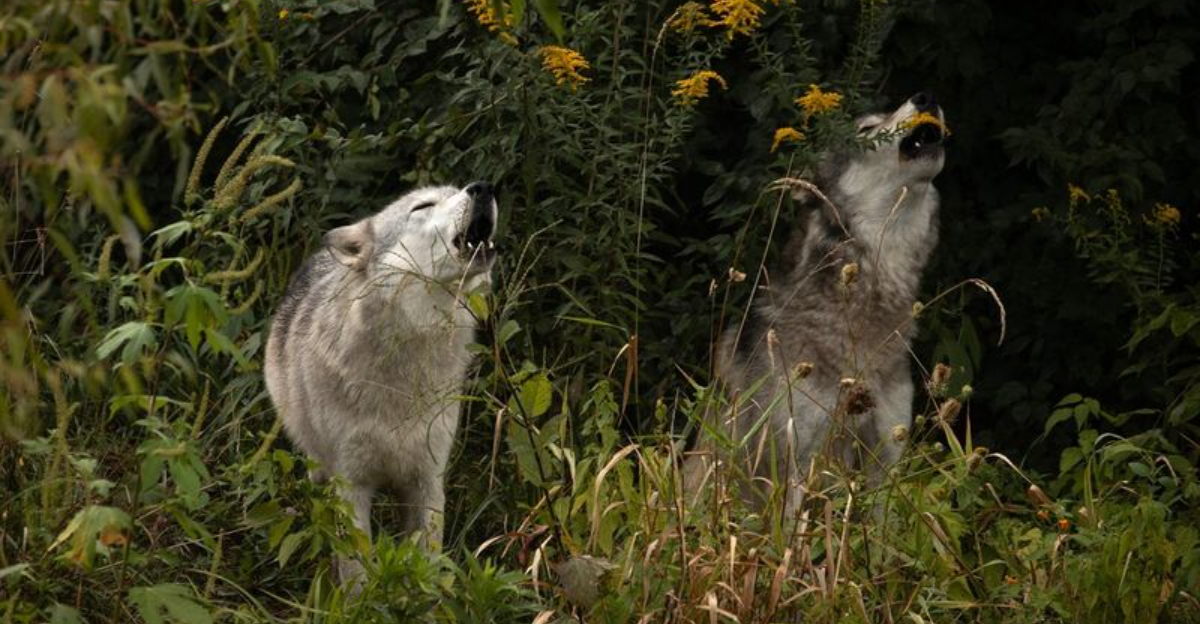
Tucked away in the rolling hills of Indiana sits a special haven for wolves rescued from captivity, abuse, or abandonment.
This sanctuary not only provides these magnificent creatures with a second chance at life but also serves as an educational center where visitors can learn about wolf behavior and conservation.
Walking through the sanctuary gates opens up a world of fascinating discoveries about these often misunderstood animals.
1. Wolves Have Built-In Snow Boots
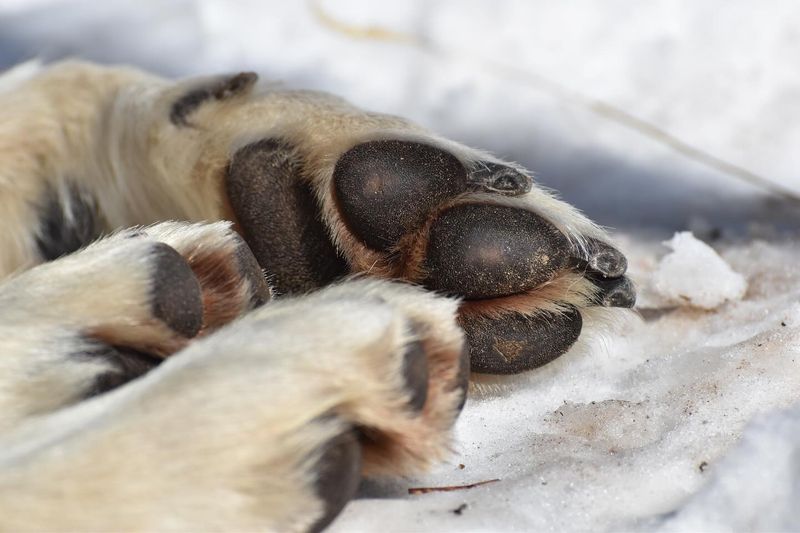
Ever noticed how wolves trot effortlessly across snowy landscapes? Their paw pads contain special blood vessels that prevent freezing in sub-zero temperatures.
This natural adaptation works like internal foot warmers, keeping blood circulating even in the harshest winter conditions. At the sanctuary, you can see how their paws are perfectly designed for their natural environment.
2. Family Bonds Last A Lifetime

Wolf pack structures mirror close-knit human families in surprising ways. At the sanctuary, rescued wolves often form new family units that maintain strong bonds for life.
Unlike many wild animals, wolves remember and recognize pack members even after long separations. Sanctuary staff document remarkable reunions between wolves who were separated for years yet instantly recognized each other.
3. Howls Are Like Fingerprints
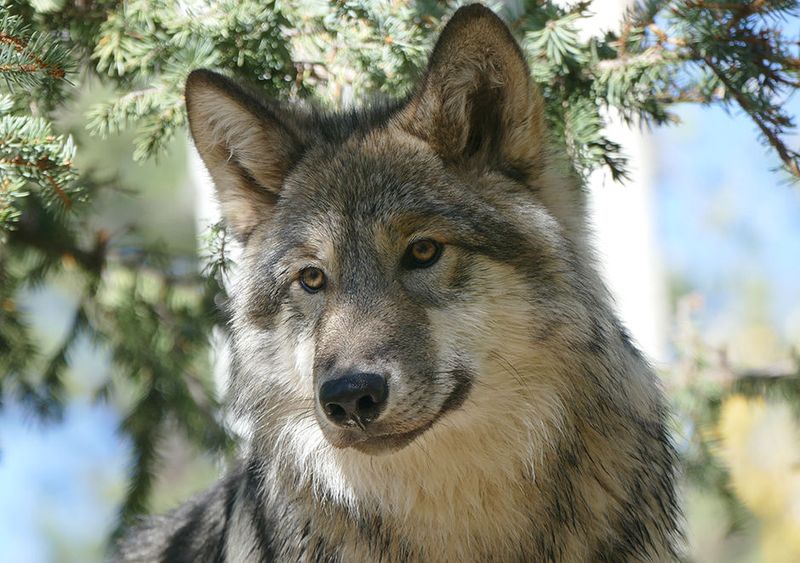
Standing near the enclosures during evening howl sessions reveals something magical – each wolf has a completely unique vocal signature.
Sanctuary staff can identify every resident just by listening to their howl. These distinctive sounds help wolves locate specific pack members across vast distances. Scientists studying the sanctuary wolves have cataloged over 20 different howl types with specific meanings.
4. Wolves Run On Renewable Energy

Talk about energy efficiency! Sanctuary wolves can go days without eating after a large meal.
Their bodies store energy incredibly efficiently, allowing them to travel up to 100 miles in search of food when necessary. This adaptation helps them survive in harsh wilderness conditions where meals are unpredictable. Sanctuary caretakers schedule feeding times to mimic this natural feast-or-famine cycle.
5. Their Teeth Tell Ancient Stories
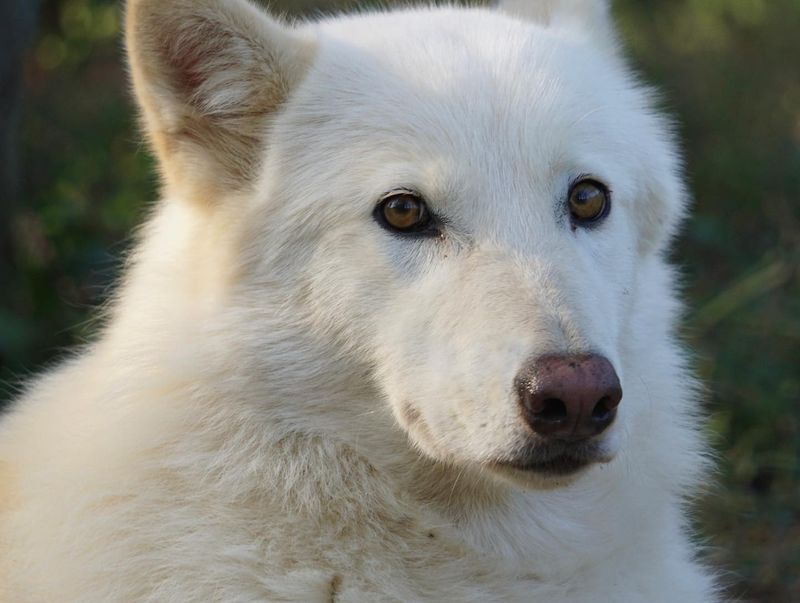
A wolf’s teeth reveal its entire life history. Sanctuary veterinarians use dental examinations to determine age, health issues, and even past traumas.
Much like tree rings, teeth develop layers that show yearly growth patterns. Some rescued wolves arrive with teeth deliberately filed down by previous owners – a heartbreaking practice the sanctuary works to educate against through their visitor programs.
6. Wolves Can Smell Fear – Literally

Those tales about wolves smelling fear? Absolutely true! Their sense of smell is approximately 100 times stronger than humans’.
Sanctuary guides demonstrate how wolves can detect adrenaline and stress hormones in sweat from remarkable distances. This incredible ability helps them identify vulnerable prey in the wild or sense visitor anxiety during educational tours. First-time visitors often notice wolves paying more attention to nervous guests.
7. Memory Champions Of The Animal Kingdom
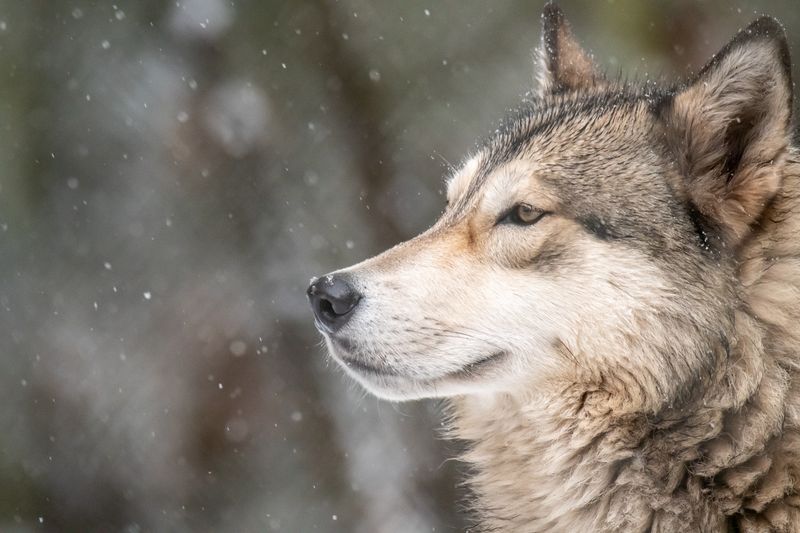
Sanctuary wolves remember visitors who treated them kindly – even years later! Their exceptional memory helps wild wolves remember territory boundaries and food caches.
Staff share remarkable stories of wolves recognizing volunteers who return after long absences. This cognitive ability extends to problem-solving too. Sanctuary residents quickly learn patterns and routines, often anticipating caretaker movements before they happen.
8. Fur That Changes With The Seasons

Touch a wolf’s winter coat (through special protected encounters), and you’ll feel two distinct layers – a soft, insulating undercoat and tough guard hairs on top.
This double-coat system keeps them comfortable from -40°F to 70°F. Sanctuary wolves dramatically shed their undercoat each spring in a process called “blowing their coat,” creating enough fur to fill several pillows! Caretakers collect this shed fur for educational displays.
9. Wolves Never Forget A Face

Facial recognition isn’t just for smartphones – wolves excel at it naturally! Sanctuary wolves can distinguish between hundreds of different human faces and remember them for years.
This remarkable ability helps wild packs recognize friends from foes across territories. Sanctuary staff rotate care duties specifically to help rescued wolves build positive associations with multiple humans, improving their rehabilitation success and reducing stress during veterinary procedures.
10. Paws That Double As Snowshoes

Winter visitors to the sanctuary marvel at wolves’ massive paws that spread like natural snowshoes. Some residents have paws nearly twice the size of similarly-sized dogs!
These oversized feet distribute weight perfectly on soft surfaces like snow or mud. The sanctuary’s winter tours showcase paw print comparisons between wolves, dogs, and coyotes, highlighting evolutionary adaptations that help wolves thrive in challenging environments where domestic dogs would struggle.
11. Wolves Are Nature’s Cleanup Crew
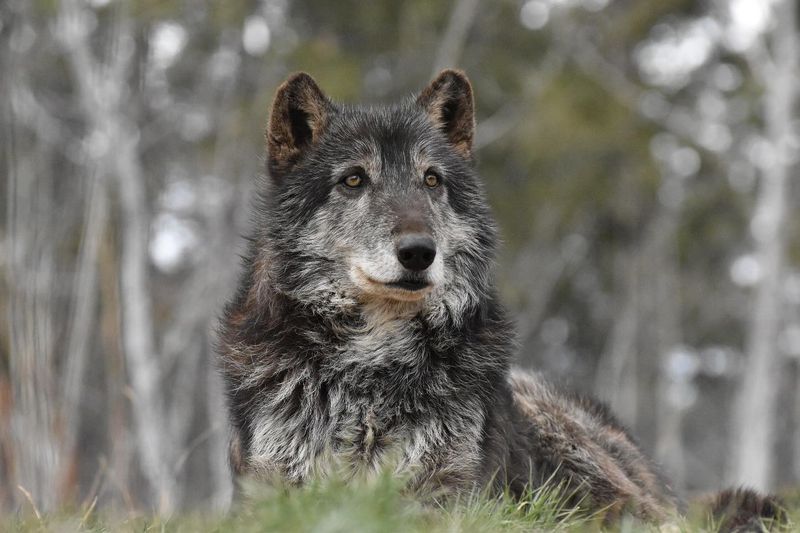
The sanctuary’s educational programs highlight wolves’ crucial ecosystem role as nature’s sanitation workers. By targeting weak or sick animals, wild wolves prevent disease spread among prey populations.
This natural selection strengthens prey herds over generations. Sanctuary staff use this fact to advocate for wolf conservation, explaining how wolf reintroduction in Yellowstone improved overall ecosystem health. Their educational displays show before-and-after ecosystem changes following wolf reintroduction.
12. They’re Champion Nappers
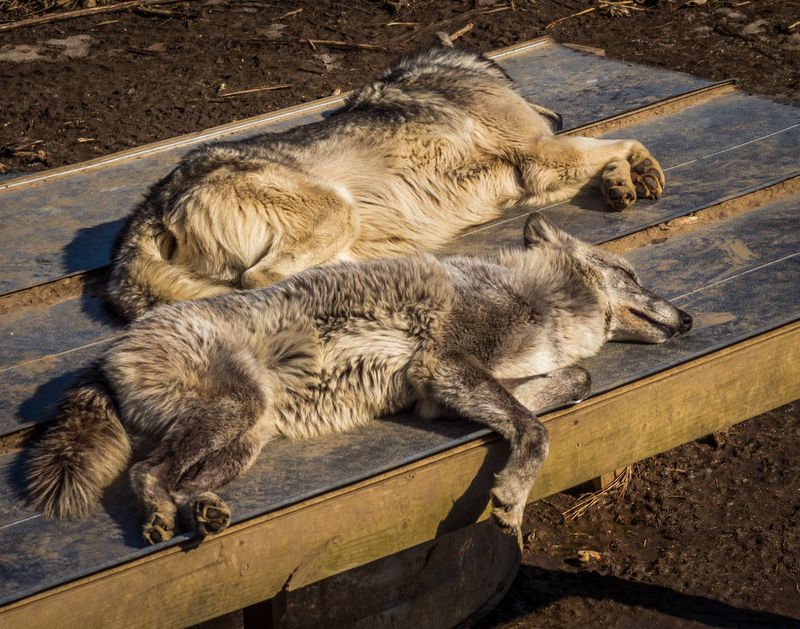
Contrary to their fierce reputation, sanctuary wolves spend nearly 50% of their day snoozing! These power-nappers conserve energy between hunting sessions.
Visitors often witness wolves sprawled out in hilarious sleeping positions, looking more like oversized puppies than fearsome predators. The sanctuary’s observation areas are strategically placed near favorite napping spots, giving photographers perfect opportunities to capture these surprisingly peaceful moments.
13. Each Wolf Has A Unique Personality
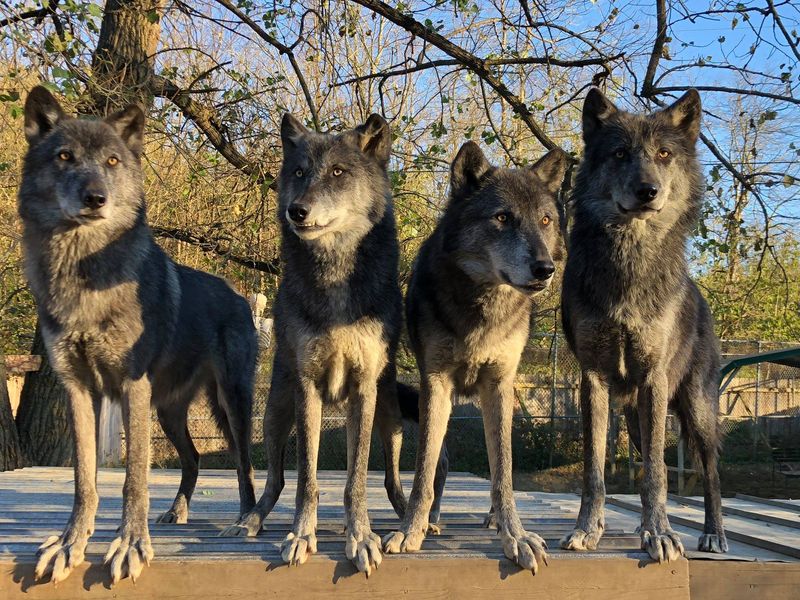
Just like humans, every sanctuary resident has a distinct personality. From shy Shadow who only approaches female caretakers to mischievous Timber who hides enrichment toys.
The sanctuary’s wolf profiles introduce visitors to each individual’s quirks and preferences. These personality differences challenge the “big bad wolf” stereotype and help visitors connect emotionally with conservation efforts. Staff track personality traits to provide personalized enrichment activities for each wolf.
14. Their Eyes Change Color With Age
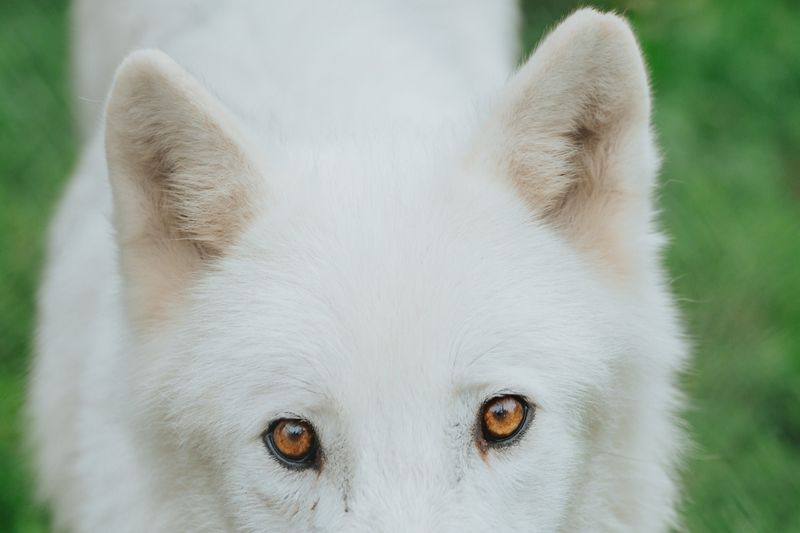
Look into a wolf pup’s eyes at the sanctuary’s special events and you’ll see striking blue irises. Within weeks, they transform to amber, yellow, or sometimes green.
This dramatic change happens as puppies mature into adults. The sanctuary’s educational timeline shows this transformation through photo sequences of rescued pups. Some wolves with unusual eye colors, like the sanctuary’s famous heterochromatic resident Luna, become visitor favorites.
15. Wolves Invented Social Distancing
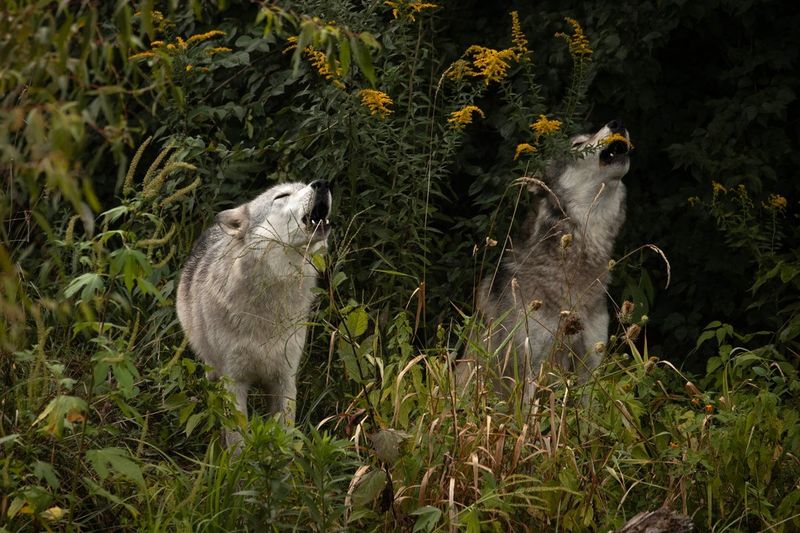
Wild wolves naturally maintain about 3-5 feet of personal space between pack members except during specific bonding activities. The sanctuary’s observation platforms let visitors witness this natural spacing behavior.
This instinctive distancing helps prevent disease spread within packs. Only during greeting ceremonies, pup care, or cold weather do wolves break these invisible boundaries. Sanctuary enclosures are carefully designed with multiple zones to accommodate this natural spacing need.



